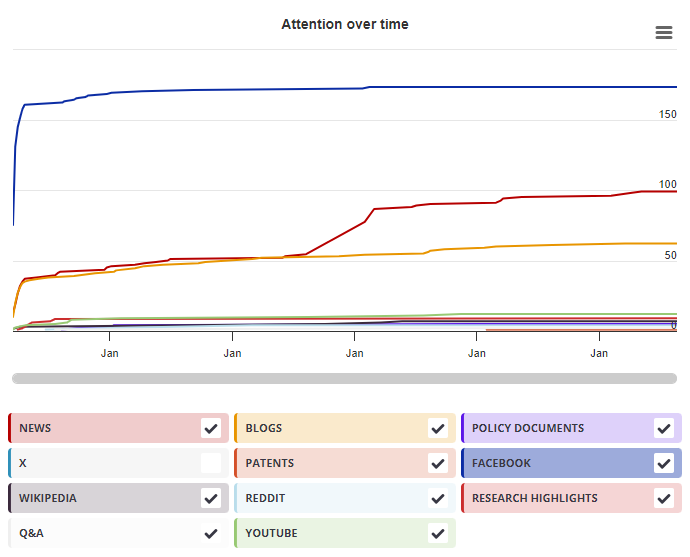| Title |
Aquaporins with anion/monocarboxylate permeability: mechanisms, relevance for pathogen–host interactions
|
|---|---|
| Published in |
Frontiers in Pharmacology, September 2014
|
| DOI | 10.3389/fphar.2014.00199 |
| Pubmed ID | |
| Authors |
Janis Rambow, Binghua Wu, Deike Rönfeldt, Eric Beitz |
| Abstract |
Classically, aquaporins are divided based on pore selectivity into water specific, orthodox aquaporins and solute-facilitating aquaglyceroporins, which conduct, e.g., glycerol and urea. However, more aquaporin-passing substrates have been identified over the years, such as the gasses ammonia and carbon dioxide or the water-related hydrogen peroxide. It became apparent that not all aquaporins clearly fit into one of only two subfamilies. Furthermore, certain aquaporins from both major subfamilies have been reported to conduct inorganic anions, such as chloride, or monoacids/monocarboxylates, such as lactic acid/lactate. Here, we summarize the findings on aquaporin anion transport, analyze the pore layout of such aquaporins in comparison to prototypical non-selective anion channels, monocarboxylate transporters, and formate-nitrite transporters. Finally, we discuss in which scenarios anion conducting aquaporins may be of physiological relevance. |

X Demographics
As of 1 July 2024, you may notice a temporary increase in the numbers of X profiles with Unknown location. Click here to learn more.
Geographical breakdown
| Country | Count | As % |
|---|---|---|
| Switzerland | 1 | 100% |
Demographic breakdown
| Type | Count | As % |
|---|---|---|
| Members of the public | 1 | 100% |
Mendeley readers
Geographical breakdown
| Country | Count | As % |
|---|---|---|
| Brazil | 1 | 2% |
| Unknown | 60 | 98% |
Demographic breakdown
| Readers by professional status | Count | As % |
|---|---|---|
| Researcher | 16 | 26% |
| Student > Ph. D. Student | 11 | 18% |
| Student > Master | 5 | 8% |
| Professor | 4 | 7% |
| Student > Bachelor | 3 | 5% |
| Other | 11 | 18% |
| Unknown | 11 | 18% |
| Readers by discipline | Count | As % |
|---|---|---|
| Agricultural and Biological Sciences | 21 | 34% |
| Biochemistry, Genetics and Molecular Biology | 16 | 26% |
| Medicine and Dentistry | 5 | 8% |
| Pharmacology, Toxicology and Pharmaceutical Science | 3 | 5% |
| Chemistry | 3 | 5% |
| Other | 2 | 3% |
| Unknown | 11 | 18% |